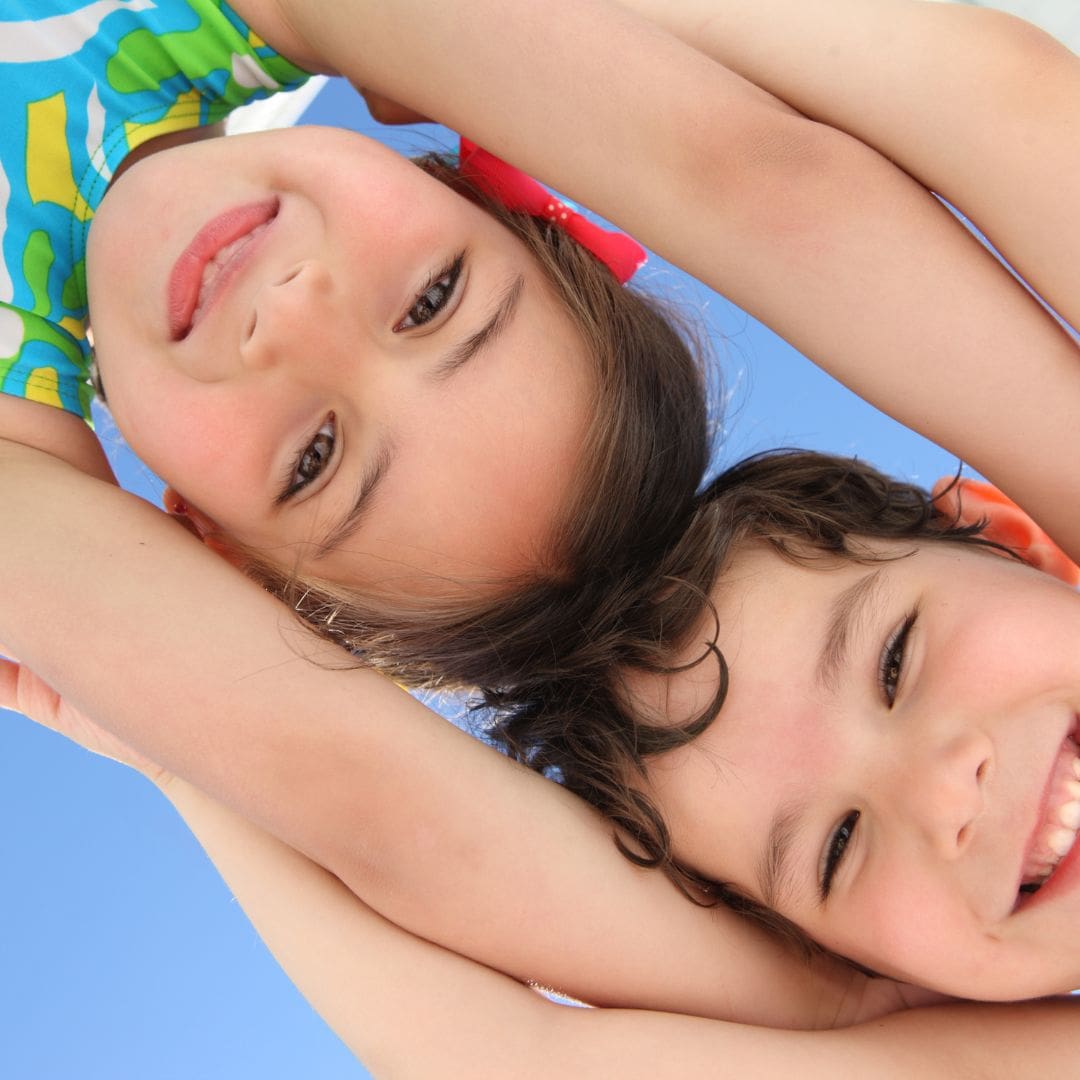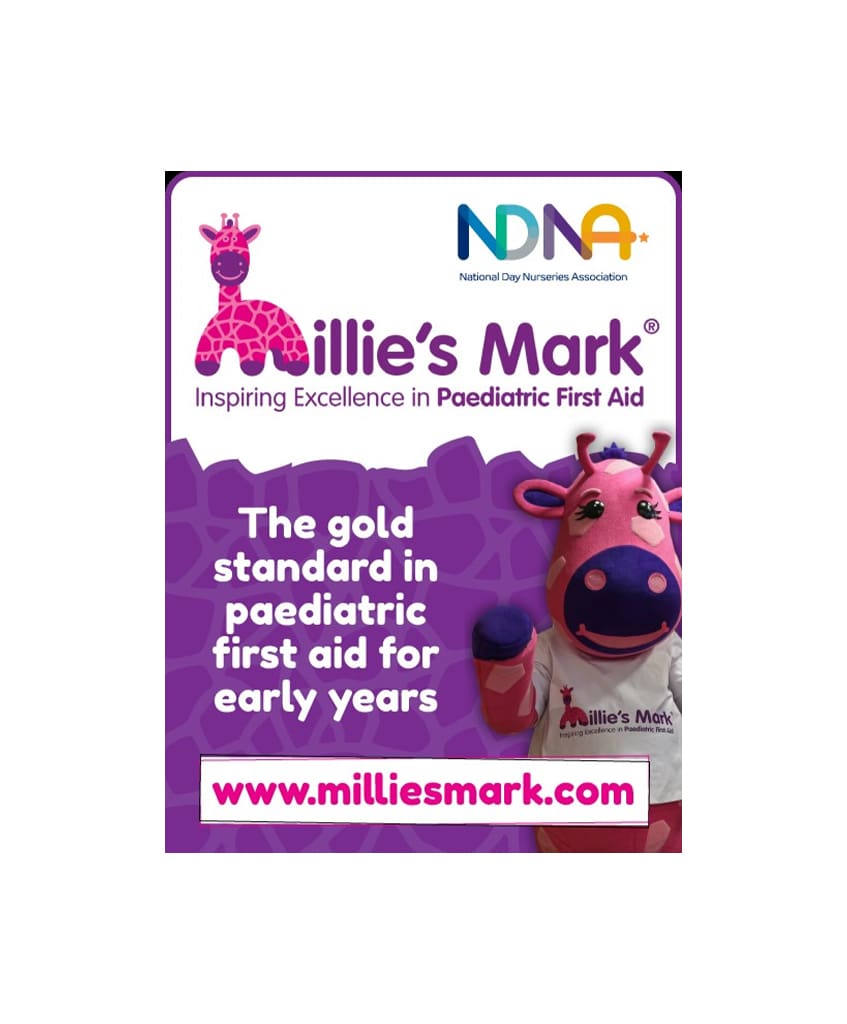With the weather getting warmer and we get are getting more into the summer months, we thought we would give you some information on sun awareness and keeping safe in the sun.
The chance of developing skin cancer rises after you get sunburnt. Sunburn does not just happen on holiday. You can burn in the UK, even when it’s cloudy.
No method of tanning is secure or healthy. Your skin won’t be shielded from the damaging effects of the sun by getting tanned.
To acquire adequate vitamin D from sunshine and to protect yourself from the sun, try to strike a balance.
When the sun is at its heaviest, spend some time in the shade. This occurs in the UK from March to October from 11 a.m. to 3 p.m.
- spend time in the shade between 11am and 3pm
- never burn
- cover up with suitable clothing and sunglasses
- take extra care with children
- use at least factor 30 sunscreen
To protect yourself from the sun, use more sunscreen. When the sun is at its hottest, wear appropriate clothing and spend time in the shade.
When you are choosing sunscreen always look for;
- a sun protection factor (SPF) of at least 30 to protect against UVB
- at least 4-star UVA protection
The letters “UVA” in a circle, which signify that it satisfies the EU standard, can also be used to denote UVA protection.
Check to be sure the sunscreen has not expired and spend no more time in the sun than you would without protection.
The quantity of ultraviolet B radiation (UVB) protection is gauged by the sun protection factor, or SPF.
SPFs are graded on a scale of 2 to 50+ according to the level of UVB protection they provide, with 50+ being the strongest.
The number of stars indicates how much ultraviolet A radiation (UVA) protection is provided. Sunscreens sold in the UK should have a star rating of up to 5. Better star ratings are those with more points.
European markings include the letters “UVA” enclosed in a circle. This indicates that the UVA protection satisfies EU standards and is at least one-third of the SPF value.
Broad spectrum sunscreens are those that provide protection from UVA and UVB rays.
Applying sunscreen
The majority of people don’t use adequate sunscreen. If you’re covering your entire body, adults should try to use 6 to 8 tablespoons of sunscreen. Sunscreen’s level of protection is diminished if it is applied too thinly. Use a sunscreen with a higher SPF if you’re concerned that you’re not using enough SPF30.
Sunscreen must be reapplied twice if you intend to spend enough time in the sun to run the danger of burning:
- 30 minutes before leaving
- immediately before leaving
All exposed skin should be covered with sunscreen, including the face, neck, ears, and head if you have thin or no hair. However, a wide-brimmed hat is preferable.
It is important to reapply sunscreen frequently, liberally, and in accordance with the manufacturer’s recommendations.
Reapply your sunscreen if you’ve been sweating or have gone swimming, as even the most water-resistant sunscreens will need a top-up if you’re to stay safe in the sun.
Additionally, since the sun can dry off sunscreen on your skin, it’s advised to reapply sunscreen every two hours.
Eye Protection
We all know that UV rays may harm your skin, but did you realise that they can also harm your eyes and impair your vision if you don’t use the right sun safety measures? The ground, water, snow, sand, and other bright surfaces can all reflect UV radiation back into your eyes in addition to the sun.
For this reason, it’s crucial to wear hats and polarised sunglasses that have been specifically designed to protect your eyes by blocking UVA and UVB radiation. Try wearing a hat that protects your eyes from the sun’s rays in addition to wearing safety eyewear for that added measure of protection.
Shade
When you can, seek shade; it will not only protect your skin but also keep you cool on hot days and shield you from additional symptoms of solar overexposure, such as nausea, dizziness, and dehydration.
Even if you use sunscreen on your children, it’s still crucial to keep them out of the sun as much as you can since babies and toddlers should always be kept in the shade. This is because their skin is so delicate and prone to solar damage.
Water
When you start to sweat, your body can effectively cool itself off by evaporating, preventing overheating. This causes your body to lose essential fluids much more quickly than it would ordinarily, and if you don’t replace them, you risk becoming dehydrated, which can cause other issues including heat stroke. To keep safe under the sun, it is crucial to consume plenty of water.
Strength of the sun and time of day
In the UK, the sun is highest between 11 am and 3 pm, so try to limit your exposure and, if you can, spend some time indoors during these hours. Knowing when the sun is at its hottest will help you stay safe in the sun by allowing you to modify your sun protection accordingly. This entails using sunscreen that has a higher SPF during these periods, wearing additional layers of clothes to provide additional protection, and drinking more water to stay hydrated.
Children and sun protection
Children’s skin is far more delicate than adult skin, and damage brought on by frequent sun exposure could eventually result in skin cancer.
From March to October in the UK, children should:
- cover up with suitable clothing
- spend time in the shade, particularly from 11am to 3pm
- wear at least SPF30 sunscreen
Children under the age of six months should avoid exposure to bright sunlight.
Apply sunscreen to any exposed skin, including the face, ears, feet, and backs of hands, that is not covered by clothes.
All children under the age of five are encouraged to take vitamin D supplements to make sure they get enough of the vitamin.
Who should take extra care in the sun?
You should take extra care in the sun if you:
- have pale, white or light brown skin
- have freckles or red or fair hair
- tend to burn rather than tan
- have many moles
- have skin problems relating to a medical condition
- are only exposed to intense sun occasionally (for example, while on holiday)
- are in a hot country where the sun is particularly intense
- have a family history of skin cancer
If they do not take the proper precautions, those who spend a lot of time in the sun—whether for work or recreation—are at an elevated risk of developing skin cancer.
Darker skin has some UV protection, so if you are naturally brown or black, you are less likely to develop skin cancer. To produce the same amount of vitamin D as people with lighter skin, you might need to spend a much longer time in the sun. However, as skin cancer can affect people of all skin tones, you should still prevent burning and exercise caution in the sun.
Check your moles
The likelihood of developing skin cancer is higher than average if you have a lot of moles or freckles, so be extra careful.
Avoid getting sunburned unexpectedly. To protect yourself, wear clothing, seek out shade, and use sunscreen with an SPF of at least 30.
Keep an eye out for changes to your skin.
Changes to check for include:
- a new mole, growth or lump
- any moles, freckles or patches of skin that change in size, shape or colour
Report these to your doctor as soon as possible. Skin cancer is much easier to treat if it’s found early.
Using sunbeds
Sunlamps and sunbeds are not recommended by the British Association of Dermatologists.
Due to its usage of a concentrated source of UV radiation, sunbeds and lamps may be more hazardous than actual sunlight.
There are many health risks linked to sunbeds and other UV tanning equipment which include:
- skin cancer
- premature skin ageing
- sunburnt skin
- eye irritation
It’s illegal for people under the age of 18 to use sunbeds, including in tanning salons, beauty salons, leisure centres, gyms, and hotels.
We hope this information helps and gives you valuable advice on keeping safe in the sun.
If you would like to speak to us about how we could help with your First Aid training requirements, please call us on 01276 586943 or email us at admin@crosscountiestraining.co.uk for hassle-free bookings.









